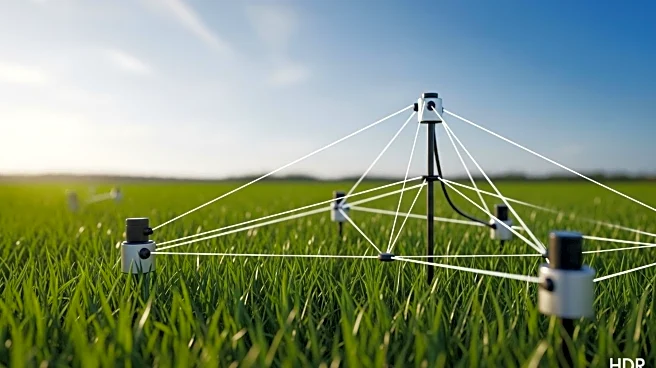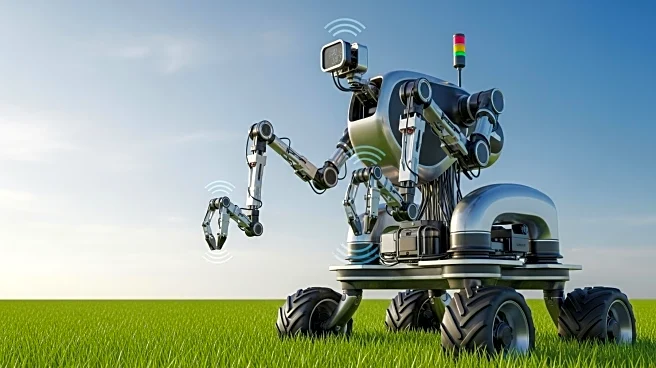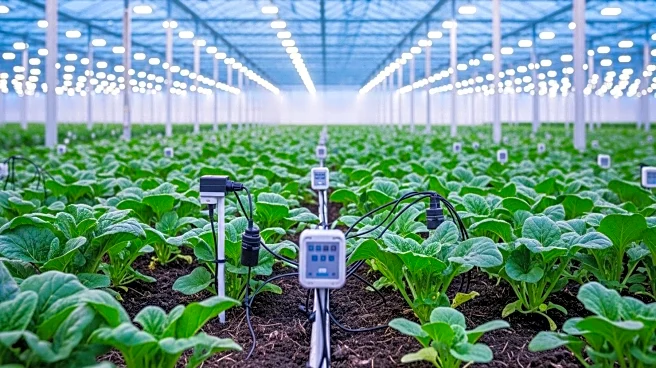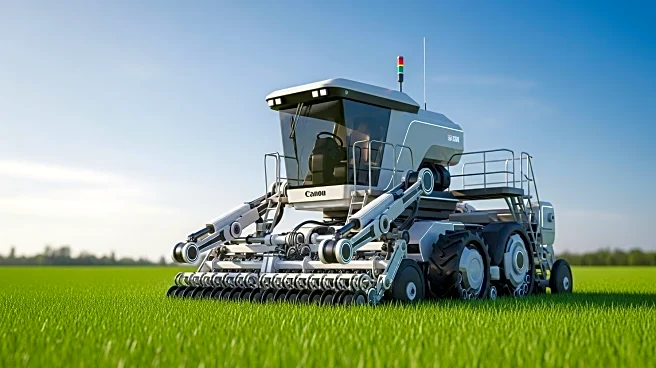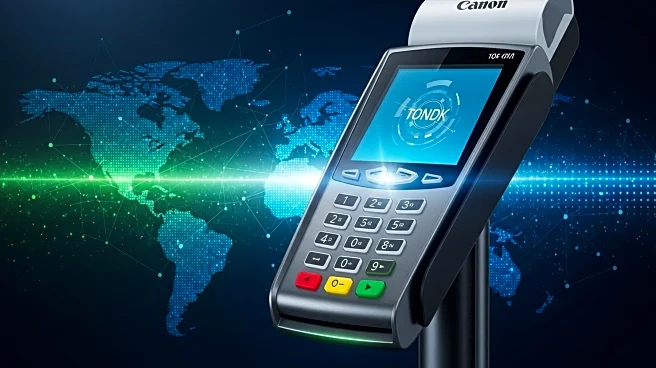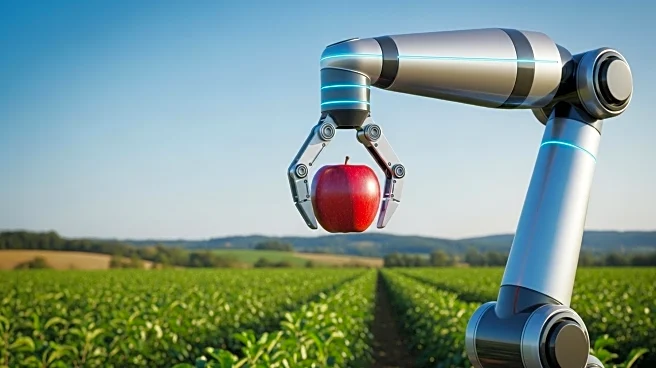What's Happening?
The global market for IoT Agriculture Monitoring Solutions is expected to experience substantial growth, with projections indicating an increase from $653 million in 2024 to $945 million by 2031. This growth is driven by a compound annual growth rate (CAGR) of 5.2% during the forecast period from 2025 to 2031. IoT Agriculture Monitoring Solutions utilize sensor networks, communication technologies, and data analysis to manage agricultural production. These systems collect real-time data on environmental and crop growth factors such as soil moisture, temperature, light, and CO2 concentration. The report highlights key market dynamics, including drivers, restraints, challenges, and opportunities, providing a comprehensive analysis of the market landscape. The study also includes competitive analysis, examining business tactics of market leaders, and regional market analysis, focusing on North America, Europe, Asia Pacific, South America, and the Middle East and Africa.
Why It's Important?
The growth of IoT Agriculture Monitoring Solutions is significant for the agricultural industry, as it promises enhanced efficiency and productivity through advanced data collection and analysis. By leveraging IoT technologies, farmers can optimize resource use, reduce waste, and improve crop yields, which is crucial in addressing food security challenges. The expansion of this market also indicates increased investment in sustainable agricultural practices, which can contribute to environmental conservation efforts. Companies involved in this sector stand to benefit from increased demand for innovative solutions, potentially leading to new business opportunities and market expansion. Additionally, the adoption of IoT in agriculture can drive technological advancements and foster collaboration between tech companies and agricultural stakeholders.
What's Next?
As the IoT Agriculture Monitoring Solutions market continues to grow, stakeholders can expect further technological advancements and increased integration of IoT systems in agricultural practices. Companies may focus on expanding their market presence through strategic partnerships, mergers, and acquisitions. Additionally, there may be increased emphasis on developing solutions tailored to specific regional needs, considering factors such as climate and crop types. Policymakers and industry leaders might also explore regulatory frameworks to support the adoption of IoT technologies in agriculture, ensuring data security and privacy. The ongoing development of IoT solutions could lead to more efficient and sustainable agricultural practices, potentially transforming the industry.
Beyond the Headlines
The expansion of IoT Agriculture Monitoring Solutions could have broader implications for rural development and economic growth. By improving agricultural productivity, these technologies can enhance the livelihoods of farmers and contribute to rural economies. Furthermore, the integration of IoT in agriculture may encourage the development of smart farming practices, promoting innovation and attracting younger generations to the agricultural sector. Ethical considerations, such as data privacy and the digital divide, may also arise, necessitating careful management and policy development to ensure equitable access to technology.

